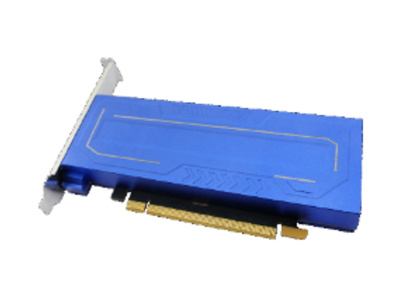Introduction
- Objective
Develop an enhanced version of the Anki flashcard memory software that not only includes Anki's core functionalities but also integrates a fuzzy search system based on text vectorization and a vector database. Users will be able to quickly retrieve relevant study flashcards by entering keywords or phrases, thus improving review efficiency and learning experience.
- Detailed Task Description
1. Implementation of Anki Core Features
a. Implement the basic functionalities of Anki, including creating, editing, and reviewing study flashcards.
b. Design an intelligent review algorithm that adjusts the review intervals based on the user's memory performance.
c. Provide detailed learning statistics and progress tracking features.
2. Text Vectorization and Vector Database Integration
a. Develop a text vectorization module that converts the textual content of study flashcards into numerical vectors.
b. Integrate an efficient vector database (such as Faiss) for storing and managing text vectors.
c. Implement a fuzzy search algorithm based on vector similarity that allows users to perform quick searches using keywords or phrases.
3. User Interface and Interaction Optimization
a. Design an intuitive user interface that supports the creation, editing, and review of flashcards.
b. Provide a search bar where users can enter keywords for fuzzy searches.
c. Display search results, including card previews and options to jump directly to review mode.
- Performance Requirements
- Core functionalities should run stably, supporting the management and review of at least 5000 flashcards.
- The fuzzy search functionality should return relevant cards within 50 milliseconds.
- Memory Usage: Optimize memory allocation to ensure the efficiency of core functionalities and fuzzy search while not exceeding the 256MB memory limit.
- Acceptance Criteria
- Complete Anki core functionalities, allowing users to smoothly create, edit, review, and manage flashcards.
- Successful integration of text vectorization and vector database, capable of efficiently storing and retrieving text vectors.
- Effective fuzzy search functionality that can handle incomplete user inputs and return relevant cards.
- User-friendly interface, smooth operation, and no significant bugs.
- Functionality Testing: The system should pass at least 200 fuzzy search tests to ensure search speed and accuracy.
- The submitted project should include complete source code, documentation, and necessary resource files for subsequent maintenance and optimization.
By completing this task, developers will be able to showcase the potential application of the Milk-V Duo in the field of educational technology, providing users with a smarter and more efficient learning tool. The addition of the fuzzy search functionality will greatly enhance the user experience, helping users find the information they need more quickly and optimizing the learning process.


















































